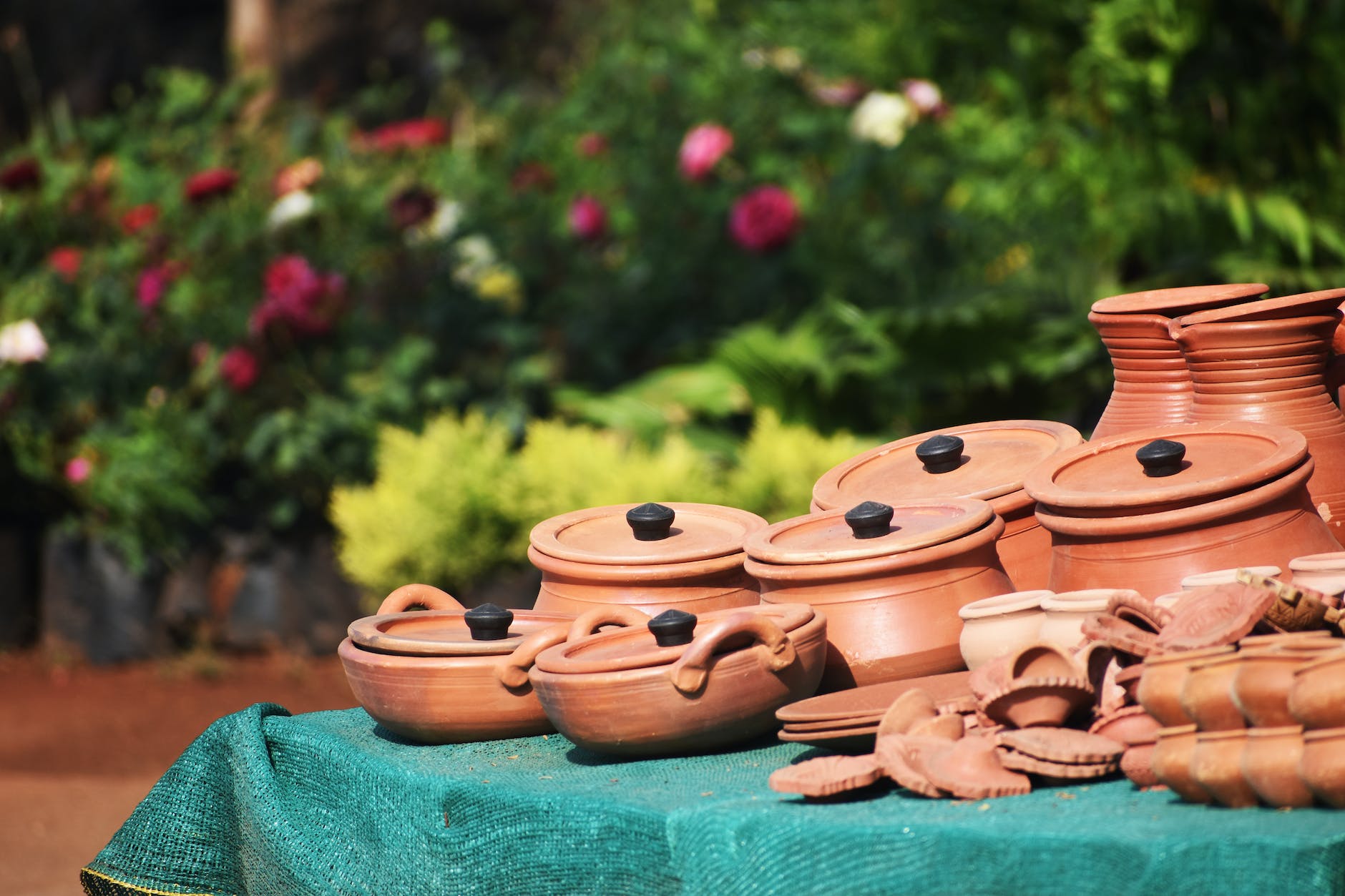Firing Up Greener Pottery: Embracing Sustainable Ceramic Arts
As environmental consciousness grows, ceramic artists adopt eco-friendly solutions to reduce their footprint while maintaining excellence. Beyond benefiting the planet, sustainable practices provide health advantages and cost savings in the studio. With mindful upgrades and strategies, potters can dramatically diminish waste and energy use through their creative process.
Choosing Responsible Clay Sources
Ethically sourced clays help conserve ecosystems since excavation damages habitat and pollutes waterways. Using recycled clay bodies or buying from suppliers emphasizing sustainability makes first impact. Locally sourced clays reduce shipping miles. Reuse and upcycle fired test tiles and trimmings to extend clay life.
Mixing Slip and Glazes Efficiently
Strategies like precisely measuring materials, spraying glazes to reduce waste, recycling runoff, and mixing only needed amounts decrease unnecessary slip and glaze excess. Controlling viscosity avoids waste from reject pieces. Storing mixtures properly prevents deterioration and disposal requirements. Thoughtfulness compounds savings.
Firing Efficiently in Energy Saving Kilns
Legacy kilns get upgraded with insulation and programmable controllers to optimize firing cycles, increasing fuel efficiency. Regular maintenance ensures peak performance. Some potters install solar panels to offset electricity use. Planning full loads, long slow firing schedules, and holding at peak temperature all improve efficiency significantly.
Ventilating Heat and Emissions Safely
Proper venting removes harmful silica dust and fumes generated during firing to protect health. Well-designed hoods and ducting reduce contamination risk while improving air circulation for even heating. Exhaust gets safely vented away from occupied areas. Diligence prevents respiratory and environmental hazards.
Sourcing Renewable Fuels for Kilns
Cleaner renewable energy sources like biogas, wood, and agricultural waste offer sustainable alternatives for firing kilns with lower emissions. Blending these eco-fuels with a fraction of conventional fuels reduces carbon dependency. Neutralizing remaining emissions gives conscientious options.
Capturing and Recycling Water Onsite
Strategies for reducing water usage like reclaiming cleaning runoff, spraying glazes instead of immersion, utilizing found object texture stamps instead of wet clay, and shifting to waterless hand tools preserve an increasingly precious resource. Efficient fixtures and leak prevention further curtail intensive studio water consumption.
Conserving Resources Through Upcycling
Sustainable potters combat waste by creatively reusing discarded materials as toolbox wood, inlays, surface textures, or clay body inclusions. Repurposed glass, hardware, and fabrics find renewed purpose. Thoughtful material integration makes sustainability principles manifest within finished artworks.
Educating Communities About Eco-Ceramics
Many eco-minded potters teach community workshops on sustainable methods like pit firing, solar kilns, energy efficient production techniques, and using recycled clay and glazes to spread awareness. Outreach nurtures collective environmental values while providing livelihoods. Education empowers green transitions.
By embracing available sustainability options, ceramic artists take significant steps to protect the planet. With shared commitment and creativity, the field continues progressing responsibly.
